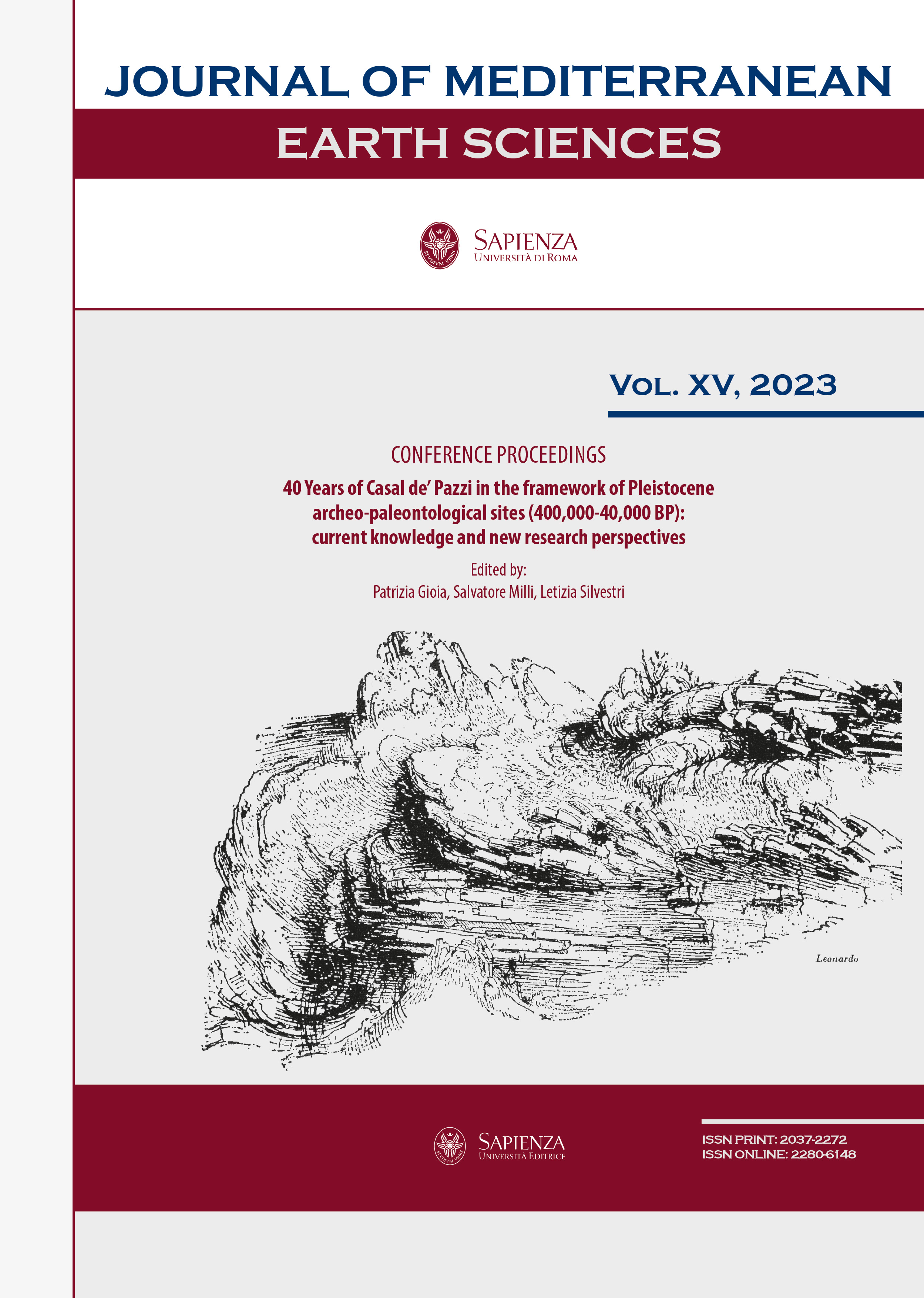When a rural community defines itself through an archaeological site: the case of Melka Kunture (Ethiopia)
DOI:
https://doi.org/10.13133/2280-6148/18185Abstract
Melka Kunture is a cluster of Pleistocene sites discovered in 1963, located 50 km south of Addis Ababa on the Ethiopian highlands. Since then, annual archeological research has always involved a number of local workers from the nearby village of Awash. This collaboration led to the development of a team of workers specialized in archeological investigations. Meanwhile, a deep sense of pride and awareness also developed the local community at large, that has borne fruits in terms of recognition and protection of the archeological site. A small museum was built and eventually expanded, and some archeological areas were also left open for visitors. The candidature of the site to World Heritage List will be discussed by the UNESCO Committee in 2024. Expectations run high in the Awash community, which proudly recognizes the archeological site as a means to improve the importance and visibility of the area.
Downloads
Published
How to Cite
License
The submission has not been previously published, nor is it before another journal for consideration (or an explanation has been provided in Comments to the Editor).


